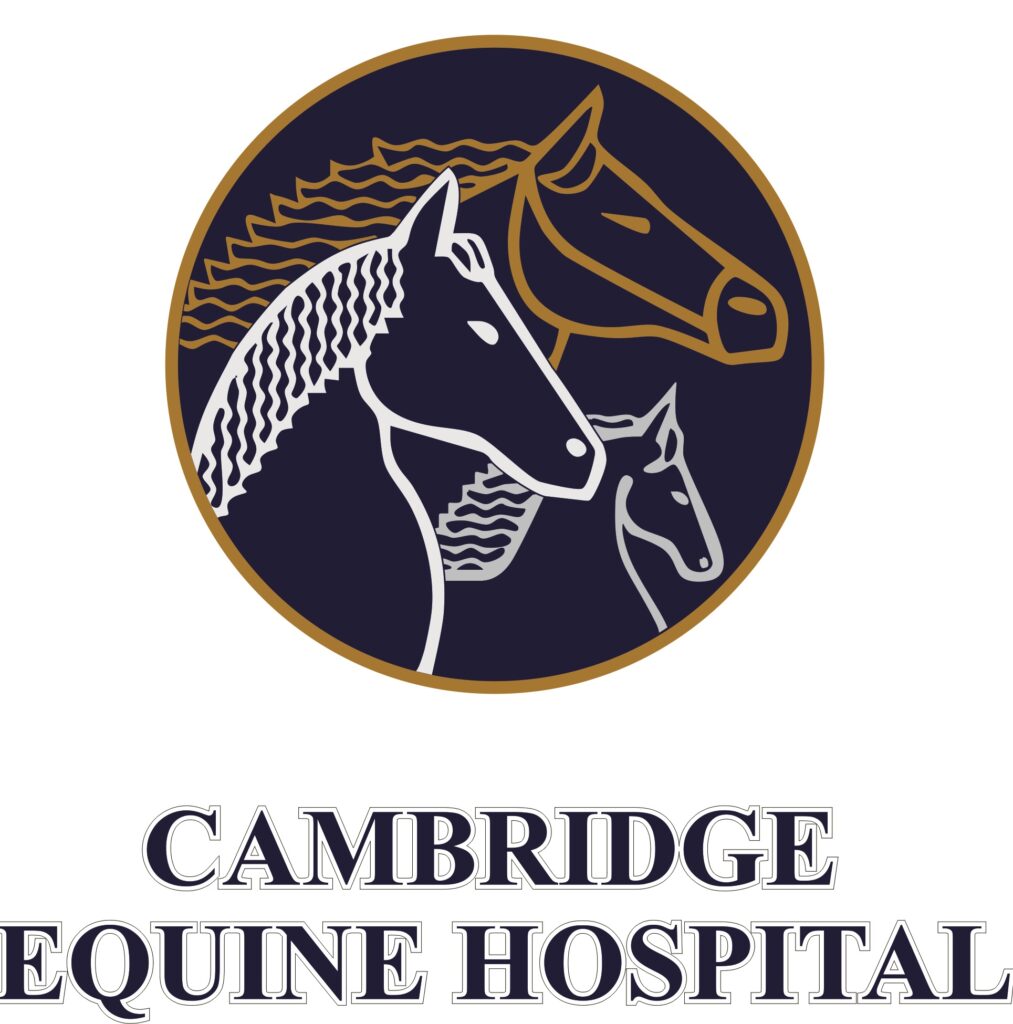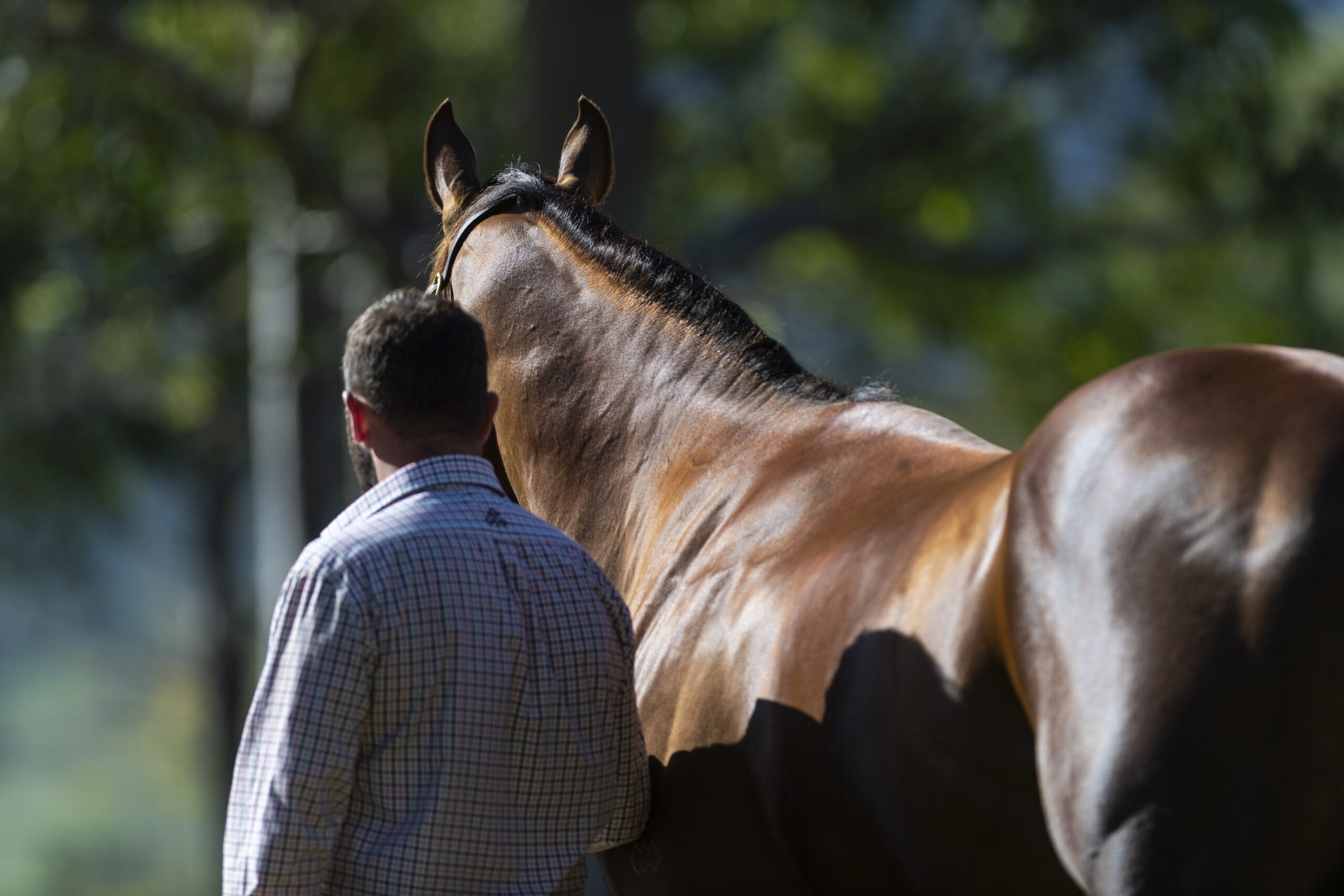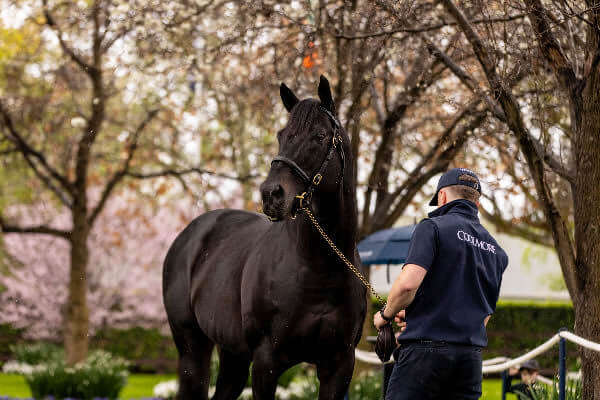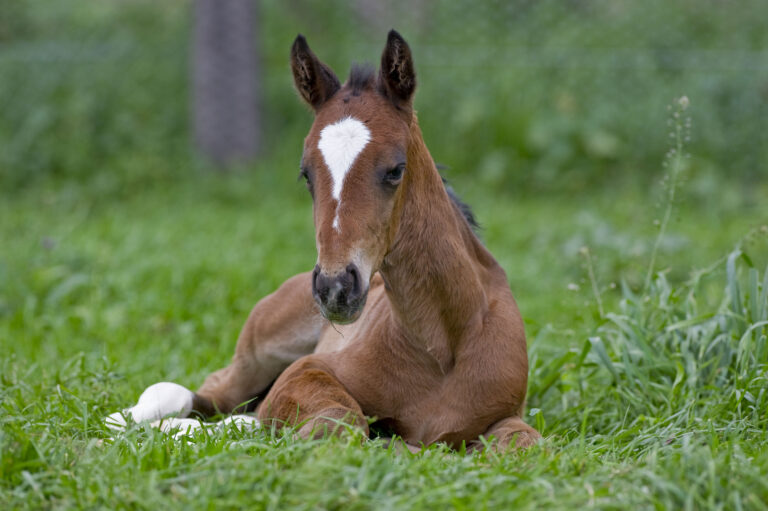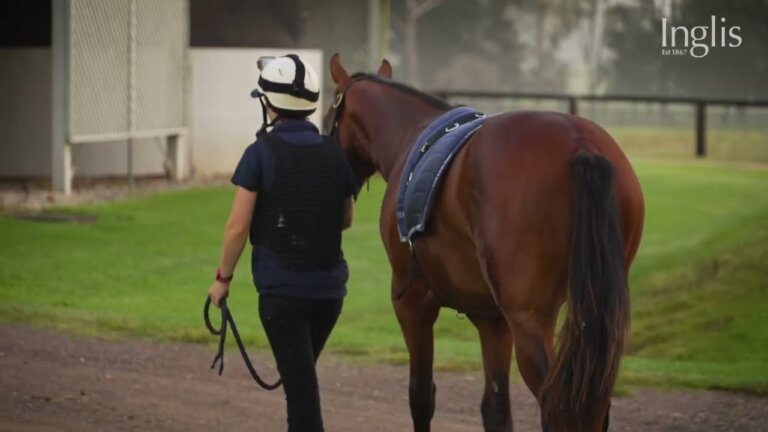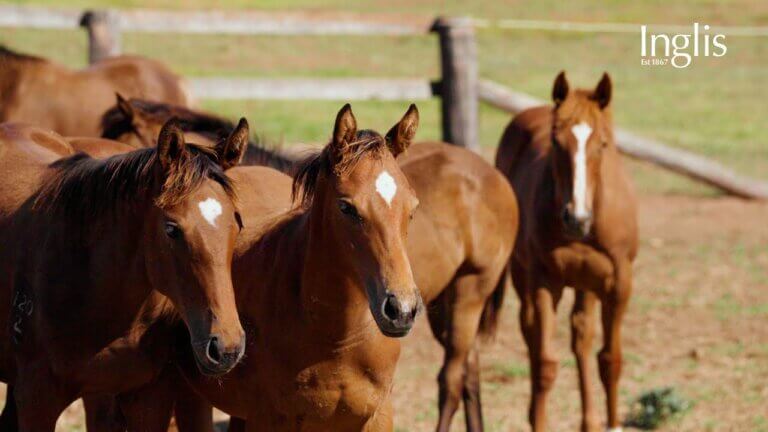Source: Cambridge Equine Hospital
Selecting a broodmare
For the professional horse owner selecting a broodmare is a decision mainly based on performance, offspring, pedigree and confirmation.
If you’re considering breeding you might want to consider the following:
- Suitability for breeding: temperament is highly heritable, you might reconsider breeding from a mare because she is difficult to ride.
- As in other species unfortunately mares are less fertile when they get older. A mare that is too old to ride is not the perfect candidate to breed from. Please contact a vet to discuss the possibilities for breeding from older mares.
- Available facilities: in order to perform safe reproductive exams a crush is needed to confine the mare.
- Think ahead: where is the mare going to foal? Have you got a stable available if the foal needs extra care?
- Can you afford breeding a foal? Other than the service fee there are some extra costs to cover when breeding a foal. Veterinary management costs of the mare can vary.
Reproductive physiology
The mare is a seasonal breeder with an anestrus period during the winter (when she doesn’t cycle). After and before winter anestrus the mare goes through a transitional period before she has regular cycles. Various factors can influence the mares reproductive cycle and especially the transitional period. Environment, condition, light and temperature are the most important.
The reproductive cycle of a mare is approximately 21 days, of which she will be in estrus (season) for 5-7 days. Ovulation happens at the end of the estrus, and we aim to breed the mare (live cover or AI) close to ovulation.
After foaling a mare comes back into heat after 7-12 days. Depending on the mare and the stallion you’re using she can be bred on her foal heat or shortly thereafter.
In order to determine at which point the mares is in her cycle, monitor follicular growth, and predict the timing of ovulation, repetitive ultrasound scans of both ovaries and uterus will be performed. If needed, you can control the estrus cycle with various hormones to optimize your breeding program.
As mentioned previously the transitional period can be influenced by multiple variables. The main factor that “switches mares on” in the spring is daylight. We aim to breed our Thoroughbred mares as close to the first of September as possible, given the climate in the Waikato (New Zealand) not all mares have been exposed to enough daylight in this period of the year. Unwanted long transitional periods can result in:
- No estrus behavior
- Inconsistent or confusing signs of estrus behavior
- Estrus behavior but no dominant follicle and no ovulation and regressing follicles
- Unexpected long periods of estrus.
This transitional period can be influenced by putting the mares under artificial light, either paddock/stable lights or light masks starting at the first of July or hormonal treatments.
Diagnosis and monitoring of pregnancy
The embryonic vesicle can first be seen on ultrasound on day 10. For accurate pregnancy and possible twin diagnosis we advise to scan the mare 14-16 days after ovulation. If needed a twin reduction can be performed during this period with minimal risk.
A second scan between day 25-30 gives the opportunity to asses fetal viability and development, if a non-viable fetus is found interference is possible with good chances of the mare starting to cycle again as she hasn´t formed endometrium cups yet. A final scan after day 45 is often performed to confirm pregnancy. This scan is also often required for fetal insurance.
In certain cases, e.g. mares that slipped foals in previous years, monitoring of the placenta and fetus is desired so illness can be detected at an early stage and possible therapy can be started to prevent loss of the pregnancy. Please let us know if you´re mare has a bad or troublesome history.
The average gestational length of the mare is 340 days but a wide variance of 320-360 days exists. Therefore critical assessment of the foal is necessary to diagnose if a foal is born full term or is premature.
Mare management during pregnancy
High quality foot care, dentistry and nutrition are all very important for your broodmare. Around 60% of the total growth of the foal occurs in month 9-11 of the pregnancy, so changing to a special broodmare mix is advised in this period of the pregnancy.
Depending on the density of horses on the farm and the farm history broodmares can be vaccinated against various diseases. When mares get vaccinated 8-6 weeks prior to foaling the mare will pass antibodies on to the foal via the colostrum. This way the foal will be protected for the first 3 months of its life. Routine vaccination of the foal can be started when the foal is 3 months old.
Tetanus: all broodmares 6 weeks prior to foaling
Strangles: all broodmares 6 weeks prior to foaling
Salmonella: broodmares on high risk farms 6 weeks prior to foaling
We also advise that all mares are wormed 2 weeks prior to foaling.
